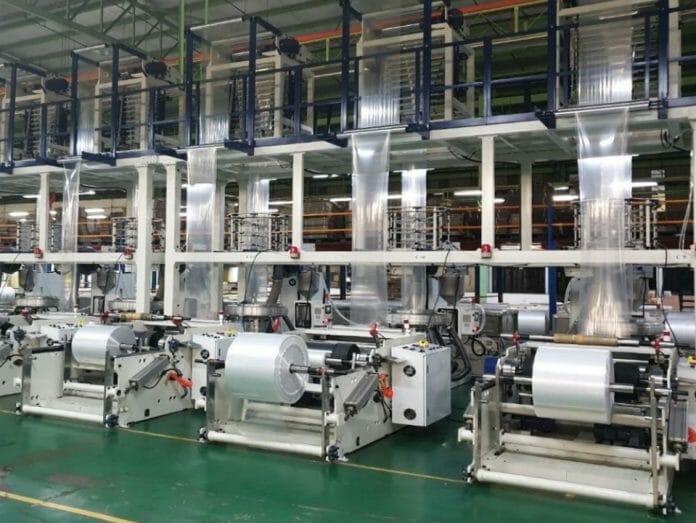SLP Resources Bhd’s results disappointed on weak sales and cost pressure, which also led to a 38% YoY decline in its 9MFY23 core net profit, according to Kenanga Research.
“We cut our FY23-24 earnings by 13% and 5%, respectively to reflect weaker sales and higher costs. However, we keep our 5 sen dividend forecast and hence our DDM-based TP of 85 sen (CAPM: 7.9%, TG: 2%),” it said in its Results Note today (Nov 14).
The research house also maintains its MARKET PERFORM call on SLP.
Kenanga said SLP’s 9MFY23 core net profit of RM8.7m missed expectations, coming in at only 64% of our full-year forecast (despite its recent 9% downgrade) and 58% of the full-year consensus estimate.
The key variance against its forecast came from both lower-than-expected sales and cost pressures.
Year-on-Year (YoY), its 9MFY23 turnover declined 14% due to weaker exports including to Japan and Australia and a reduced ASP resulting from lower resin prices and heightened competition.
“Its core net profit fell by a sharper 38% on reduced margins from higher utility costs and poorer cost absorption from lower plant utilisation,” it said.
In terms of outlook, the research house said SLP and the whole plastic packaging industry is weighed down by the global economic slowdown.
“As such, we expect a muted 2HCY23 for players despite the 2H traditionally being the peak season. SLP is stepping up its marketing efforts in Southeast Asia.
“The group is hoping to onboard a new Thai customer specialising in pet food packaging, particularly for its high-margin, fully recyclable MDO-PE film.
“Additionally, it has garnered significant interest through a regional circular packaging seminar co-hosted with a raw material supplier in
Aug 2023, promoting sustainable packaging such as its MDO-PE film but it might takes time to translate into actual sales,” it said.
The risks to Kenanga’s call include a prolonged global economic downturn leading to weak consumer demand for plastic packaging, a sharp
rise in resin prices, and adverse forex fluctuation.









